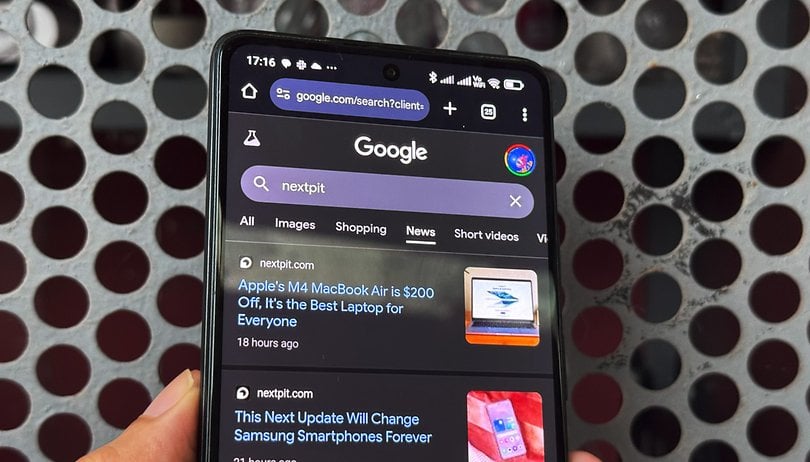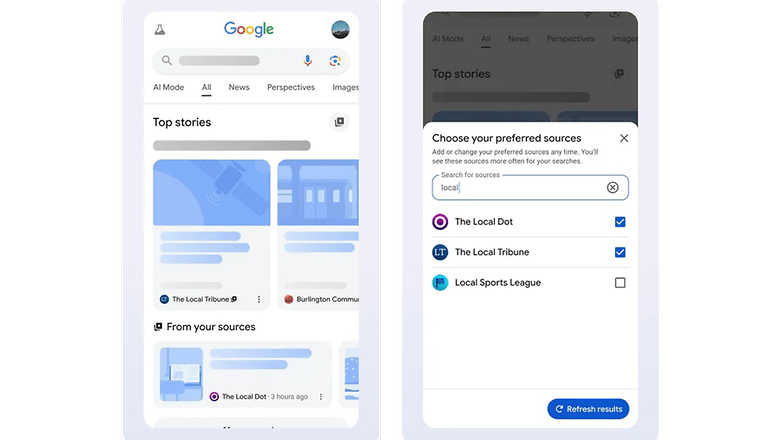Google’s New Search Feature is Dangerous If Users Aren’t Careful


For years, Google Search has been the go-to tool for surfacing the most relevant articles, insights, and breaking news. Each search result is curated based on relevancy and neutrality, along with using balanced algorithms. Now, the search giant is enhancing its platform with a new feature that gives users control over their news feed. This also raises concerns about a trade-off in news neutrality.
The feature I am talking about is the new Google Search Preferred Sources. It was available for testing through its experimental labs in June, and now the company is rolling it out to the public.
- Also read: How to level up your Google Search widget
How to Use Google Search's Preferred Sources
This feature allows users to customize search results by picking their preferred news outlets or websites to be shown in the Top Stories news feed, which appears in a carousel format on mobile and web. In short, users will mostly see relevant published articles or news from these selected sources and less from sites they haven't listed.

Users can access this by tapping on the icon to the top right of the Top Stories carousel. The number of sources that can be added is limitless, though a smaller number means coverage for relevant top stories will be narrower. Articles or news coming from the selected sources will then be marked by a star to better highlight them.
How Preferred Sources Can Filter Out Important News
While the new Preferred Sources feature is a step up in terms of personalization and convenience, it runs contrary to one of Google Search's strengths, which is fortuity or randomness. This is because the feature will narrow the scope of sources when surfacing the web for unexpected but relevant content. Likewise, it could potentially filter out important and accurate stories from other sources.
Additionally, Preferred Sources increases the risk of an "echo chamber" by reducing exposure to diverse viewpoints, which helps reinforce ideological bubbles and even increases the instance of misinformation for users. For the company in general, this compromises its neutral aggregator role, given it has the largest search market.
- Also interesting: Could this be the end of Google Search as we know it?
The company's retort to this is that content from other sources will still be shown alongside these curated stories and below the "Top stories" and "From your sources" carousels, but it's unclear how the algorithm will balance this. And although the search results still allow filtered-out sources to be visible below, those will have a very slim chance of being clicked on.
At the same time, the tech firm says publishers should encourage their readers to add or follow them in Preferred Sources. There's also a new button that developers can integrate on websites to enable a quicker way to add sources.
Google Search's Preferred Sources is rolling out first to the U.S. and India, but it's not clear when this can be expanded to other countries.
What are your thoughts on Preferred Sources? Do you think it reduces the broader and balanced information that users can get from the web? Share your answers in the comments.
Source: Google



















